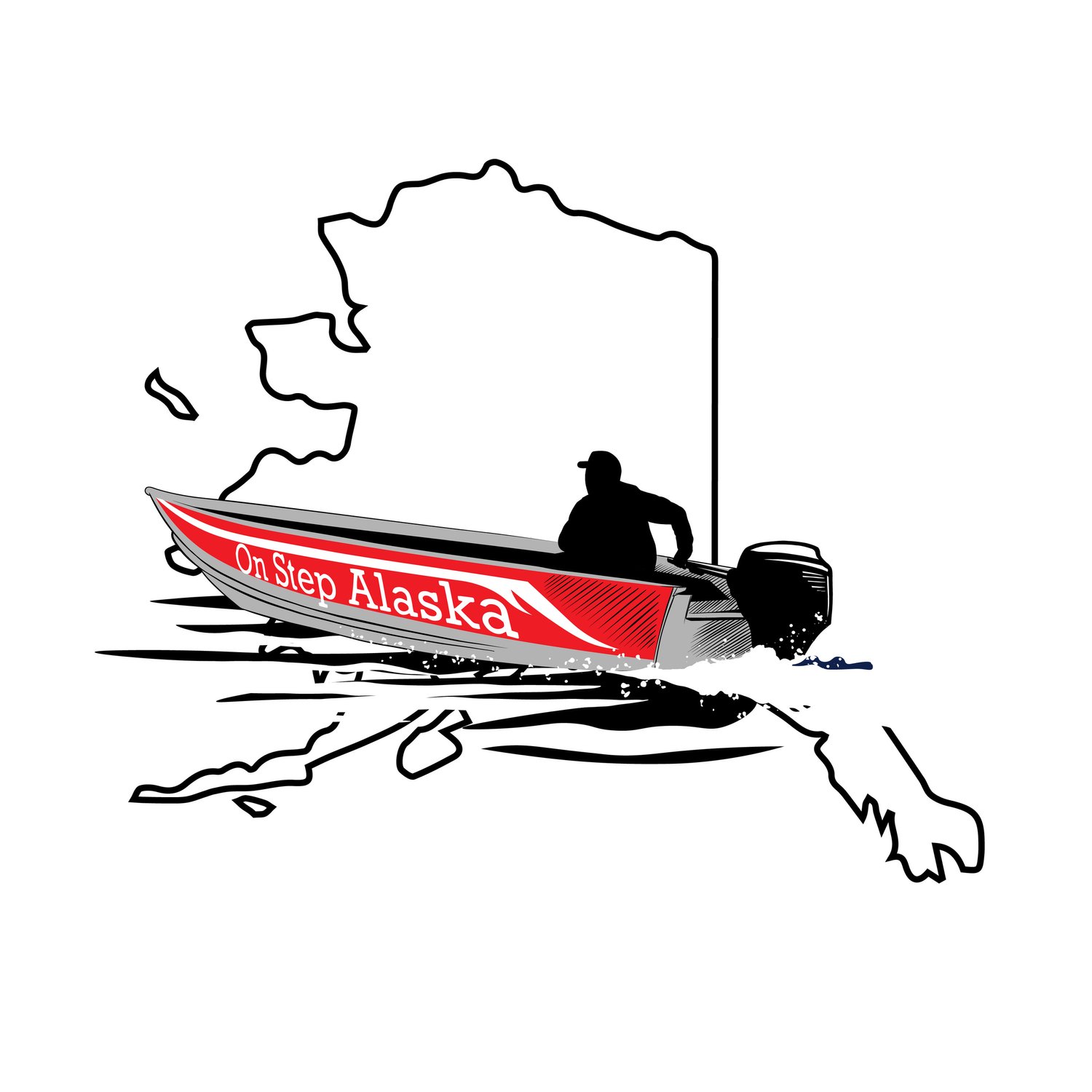Southeast Alaska Blacktail Deer
Meateater
1 Episode 23:59
There seems to be an interesting phenomenon in the outdoor world. People love Meateater the show, but not so much the Meateater behemoth. I heard the growth of the Meateater brand described like this: It’s like Zac Brown Band turned into Luke Bryan. Hits, but different. I don’t think that’s fair to the talented, creative people behind Meateater and I don’t think that applies to the show. But the brand is a beast and has ceased to be what it was. It has entered a different stratosphere and it’s nearly impossible to watch any new episode and not know that money and opportunity is no object.
I say nearly, because the show was always really good and the show does not flaunt the wild success of the brand. It reflects work, not luck. Rinella never pretends to have POW figured out and doesn’t act or look like a pampered, pretentious, bestselling author who slums it at a shack just to remember how regular hunters live. It’s still a really good show.
Of course Meateater is going to attract the best who have ever filmed, edited and produced hunts. But quality isn’t just a simple product of gear x opportunity. Steve Rinella’s book American Buffalo is a great read and showed he is clearly an intelligent, articulate, capable writer who also tells stories in his films. There is a subtle but important difference between a hunter who starts writing and a writer who hunts. This has a profound impact in the depth of storytelling and in many cases, the quality of storytelling.
This is a great episode that illustrates the difficulty of hunting blacktail deer in the rut. The days are short and it is not a matter of glassing. It’s patience and a non-stop exercise in second-guessing which way you should go and which tactic you should use. The weather changes and you think that’s the key, then it isn’t. It changes again, still not. Then you find a nice little cleared lane in deer habitat and one happens to come in. The thick terrain constantly has you wondering if you didn’t stay long enough or you simply missed one that approached, but hung up.
The show epitomizes cutting fat because there is no doubt there was a ton of footage from the first few days so it could have been an hour-long episode with a kill shot at the end. However, precision cutting allows the story to be told in just over twenty minutes. There were likely a bunch of good shots, but rather than include all of them, only the ones that contributed to the story were used and this lack of redundancy keeps the story moving. This is a prime example of the difference between a film and an episode. The GoHunt film was excellent at 40 minutes, and this episode was excellent at 23.
